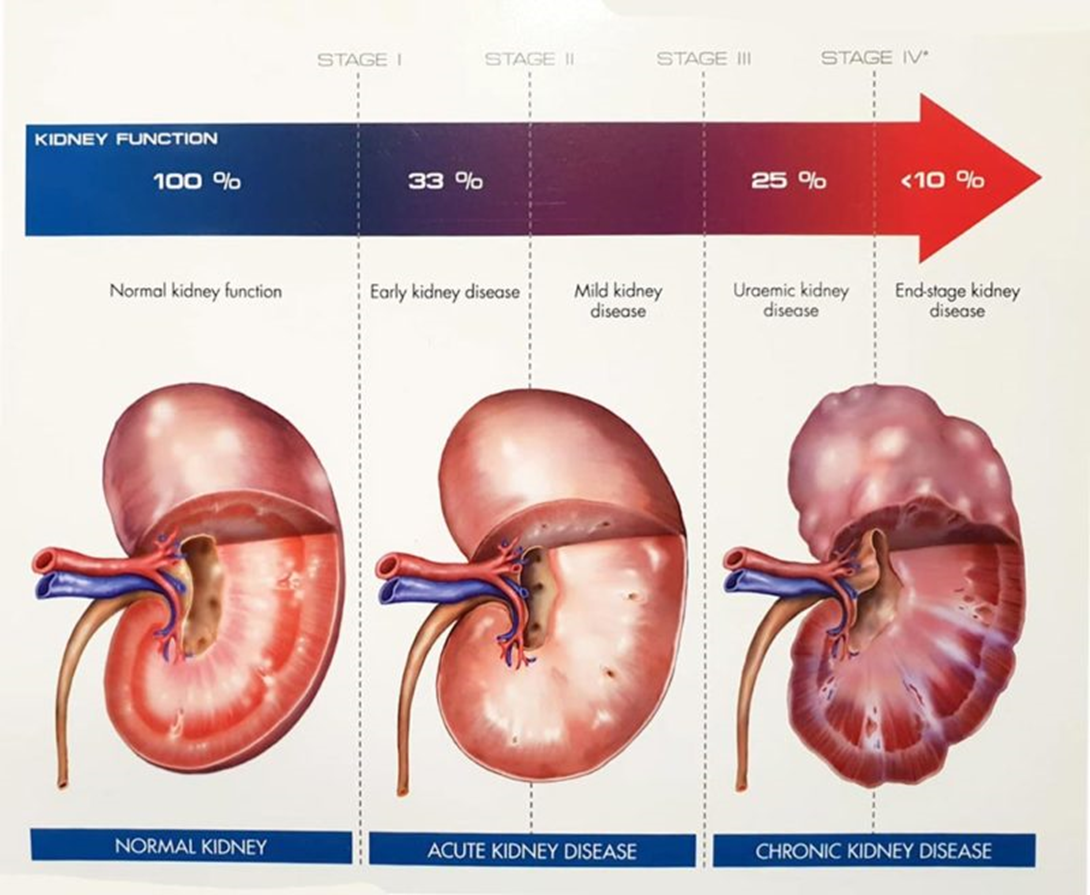A nurse is evaluating the laboratory report for a client who has severe diarrhea and a fever. Which of the following laboratory findings should the nurse identify as an indication that the client has a parasitic infection rather than a bacterial infection?
Decreased neutrophil count
Elevated eosinophil count
Increased hemoglobin level
Elevated platelet count
The Correct Answer is B
Choice A reason: A decreased neutrophil count is not typically associated with parasitic infections. Neutrophils are a type of white blood cell that responds to bacterial infections, so a decrease might be seen in viral infections or certain inflammatory conditions, but not specifically indicative of a parasitic infection.
Choice B reason: An elevated eosinophil count is often associated with parasitic infections, especially those involving tissue invasion. Eosinophils are white blood cells that play a crucial role in the immune response against parasitic infections. Normal eosinophil counts range from 0 to 500 cells per microliter of blood.
Choice C reason: An increased hemoglobin level is generally not related to the presence of a parasitic infection. Hemoglobin levels can be affected by various conditions, but they do not serve as a specific indicator for parasitic infections.
Choice D reason: An elevated platelet count can occur in various conditions, including inflammatory states and infections, but it is not a specific marker for parasitic infections. Platelets are components of blood that help with clotting and would not be used to differentiate between bacterial and parasitic infections.

Nursing Test Bank
Naxlex Comprehensive Predictor Exams
Related Questions
Correct Answer is B
Explanation
Choice A reason: The visibility of chest tube eyelets is not typically a concern unless there is evidence that the tube is dislodged. In normal circumstances, the eyelets may not be visible, and this does not necessarily indicate a need for intervention.
Choice B reason: The development of subcutaneous emphysema, which is the presence of air in the subcutaneous tissue, can be a sign of a serious complication such as a pneumothorax. It requires immediate assessment and possible intervention to prevent further complications.
Choice C reason: Tidal fluctuation in the water seal chamber is a normal finding when a chest tube is in place. It indicates that the system is patent and functioning correctly as it reflects the pressure changes in the pleural space during respiration.
Choice D reason: Continuous bubbling in the suction control chamber may indicate an air leak in the system, which could be normal if the system is set to continuous suction. However, if the bubbling is vigorous and the system is not set to continuous suction, it may indicate a new air leak and require intervention.
Correct Answer is A
Explanation
Choice A reason: This set of values is indicative of metabolic acidosis with respiratory compensation, which is common in chronic kidney disease due to the accumulation of acids in the blood and the lungs' attempt to compensate by retaining CO2.
Choice B reason: This choice suggests respiratory alkalosis, which is less likely in chronic kidney disease unless there is a secondary respiratory condition causing hyperventilation.
Choice C reason: This choice indicates metabolic alkalosis, which is not typical for chronic kidney disease, as the kidneys are unable to excrete acid effectively.
Choice D reason: While this set of values does indicate acidosis, the expected compensatory response in chronic kidney disease would be an elevated PaCO2, not a normal or low value.

Whether you are a student looking to ace your exams or a practicing nurse seeking to enhance your expertise , our nursing education contents will empower you with the confidence and competence to make a difference in the lives of patients and become a respected leader in the healthcare field.
Visit Naxlex, invest in your future and unlock endless possibilities with our unparalleled nursing education contents today
Report Wrong Answer on the Current Question
Do you disagree with the answer? If yes, what is your expected answer? Explain.
Kindly be descriptive with the issue you are facing.
